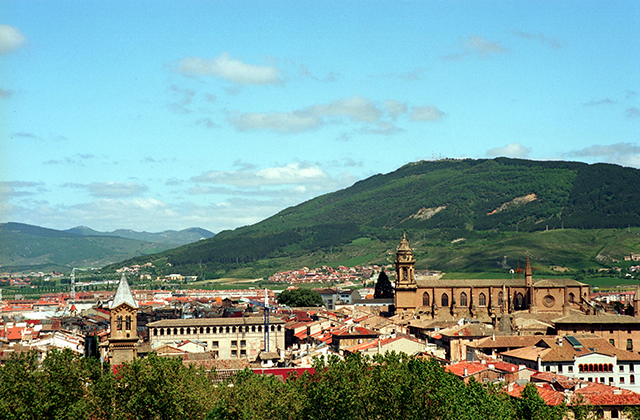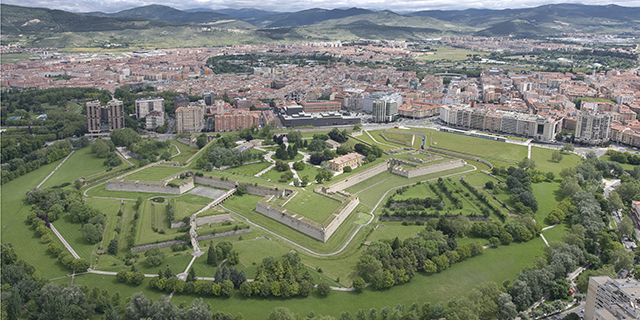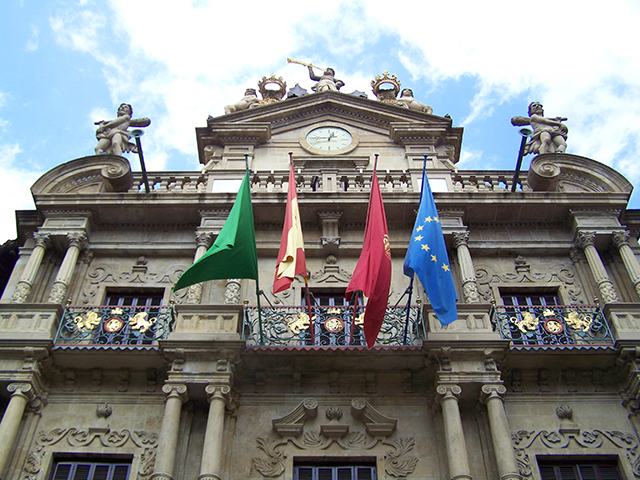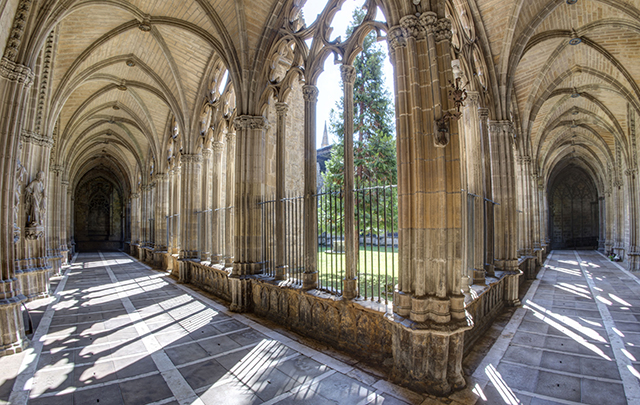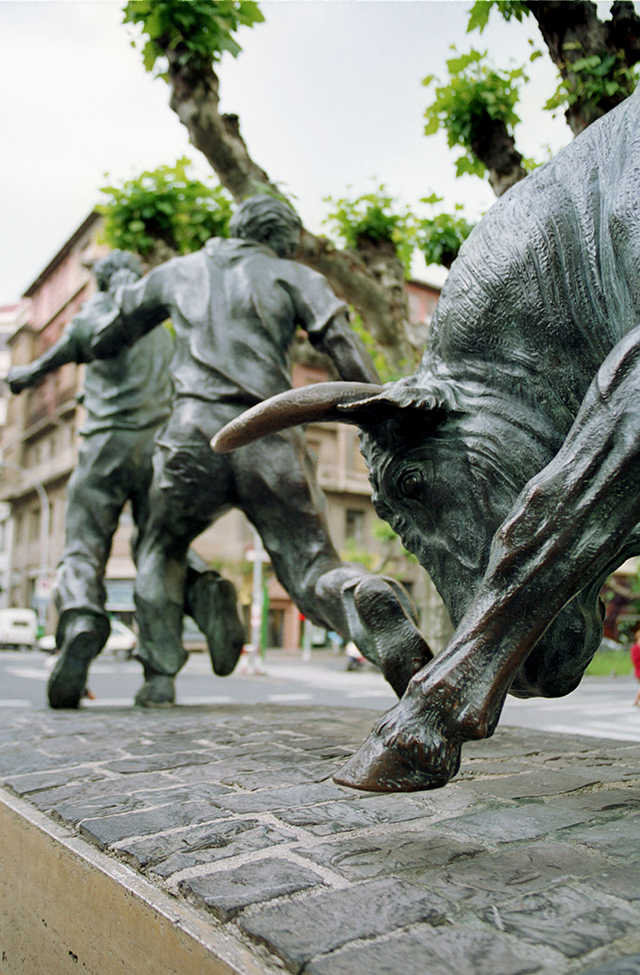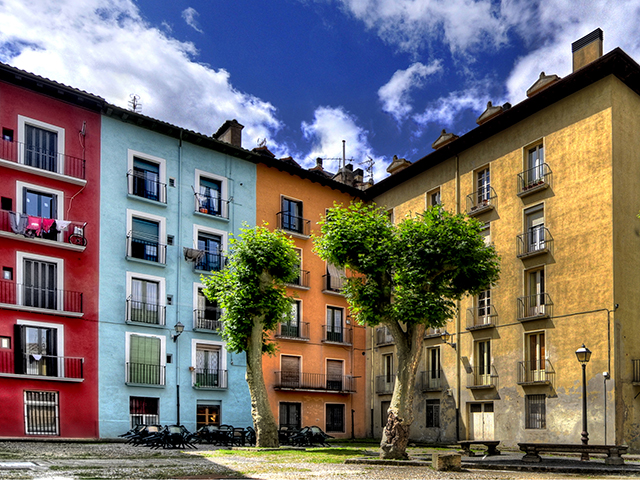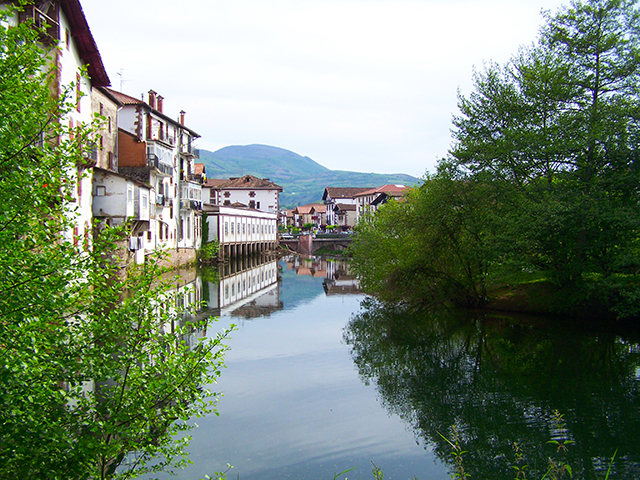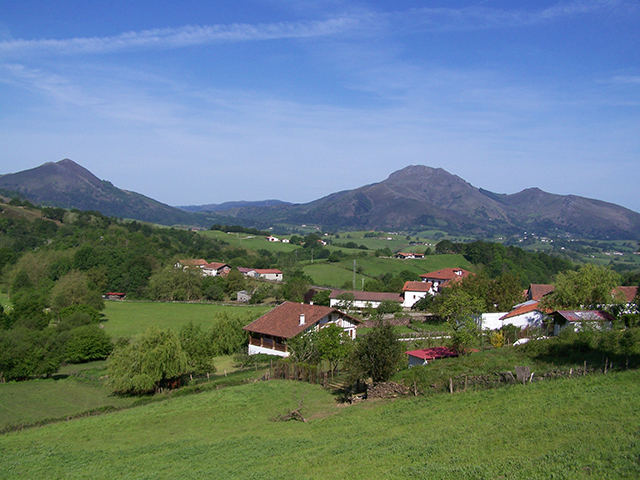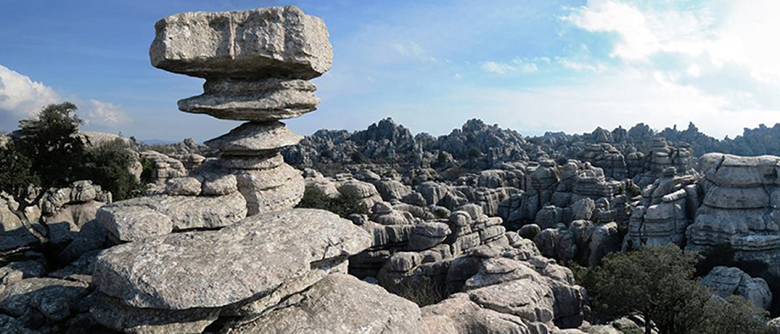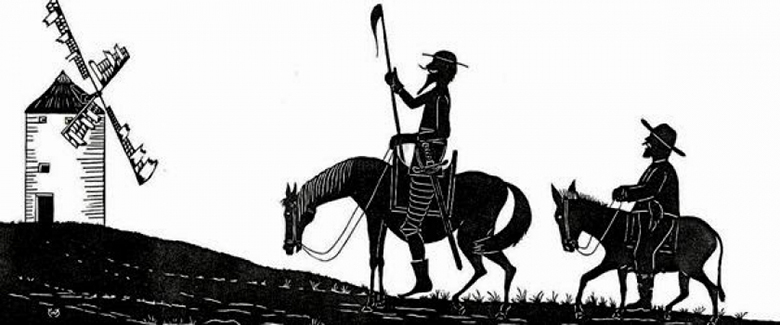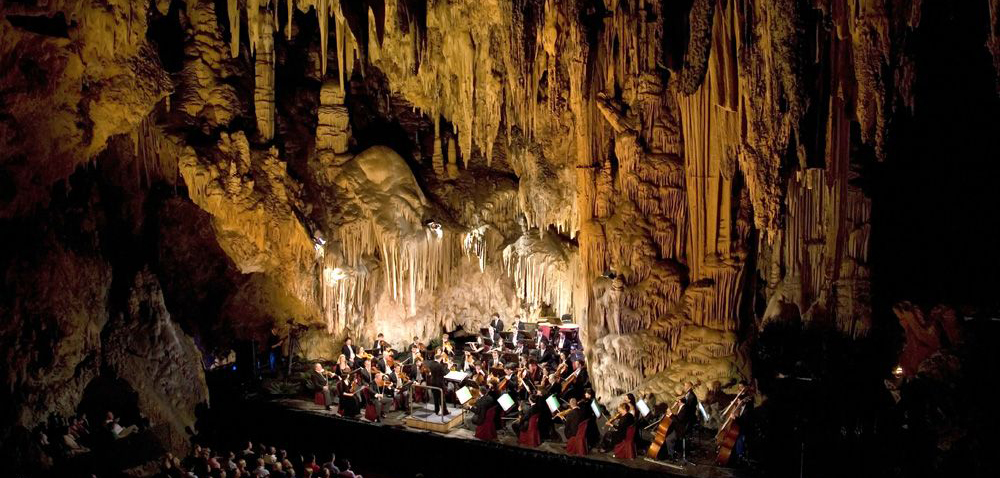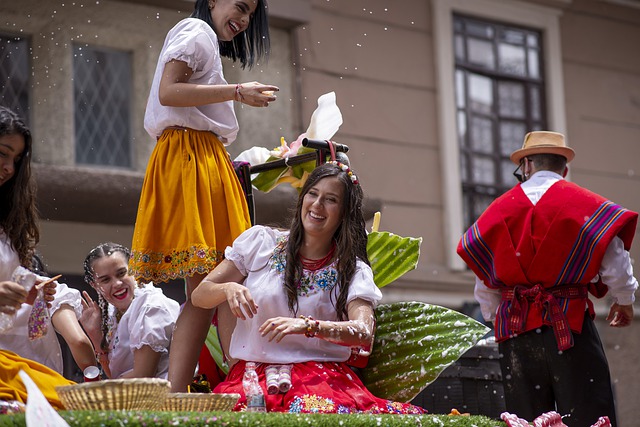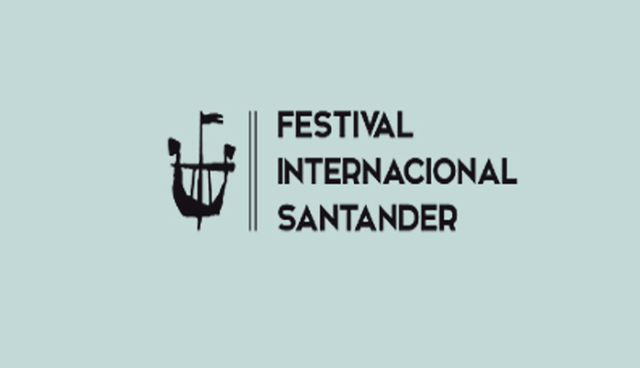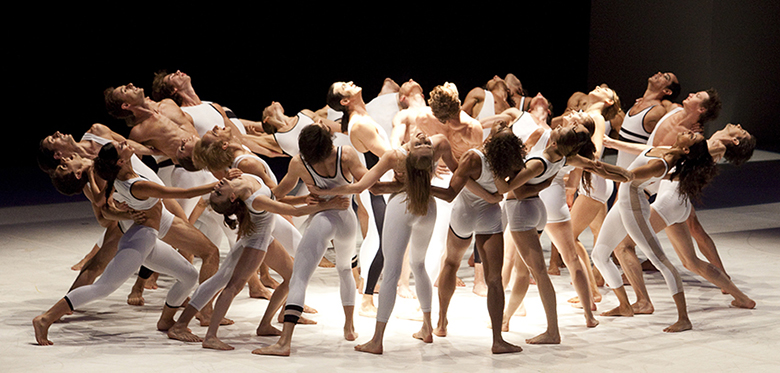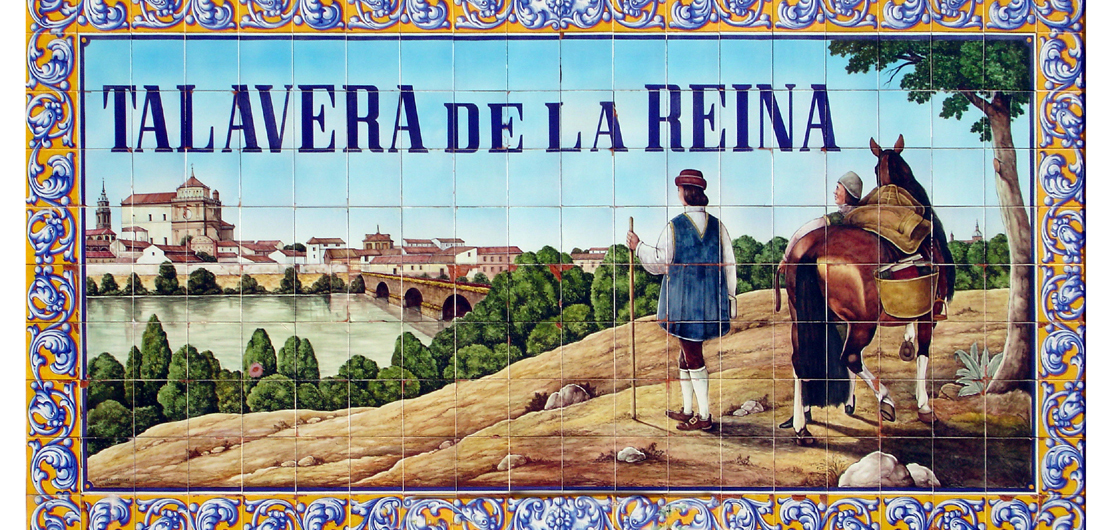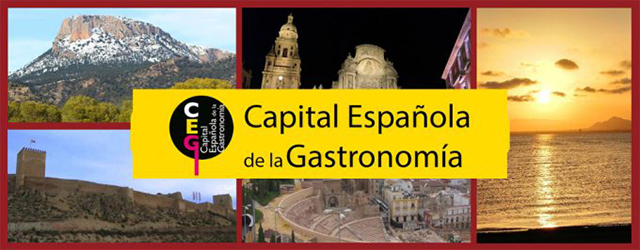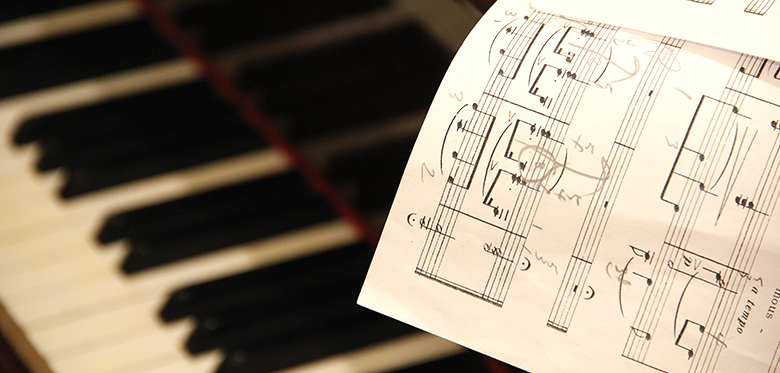For many people, Pamplona conjures up images of one of the biggest and most famous festivals in the world: the festival of Sanfermines, otherwise known simply as “the running of the bulls”. However, if this festival (and the July heat that goes along with it) is a bit more intense than what your group is looking for, try visiting Pamplona during another time of the year. Those who do find a fascinating place rich in culture and tradition.
The rich history of Pamplona
Pamplona, in the heart of Navarre, sits on the fertile plain of the Arga River, making it a region rich in agriculture as well as history and deep-rooted traditions. The streets and squares of the city’s historic quarter still preserve a significant collection of monumental buildings dominated by its churches and medieval walls. Founded by the Roman general Pompey in 75 BC, the city grew in importance in the 10th century with the kingdom of Pamplona.
A visit to Pamplona should begin in the “hamlets”, the medieval districts from which today’s city grew. Some of the city’s most important buildings are found within these areas, like the Town Hall. Built in 1752, this building commemorated the important union of the hamlets of San Cernín, San Nicolás and Navarrería. Countless other buildings in Pamplona also have stories to tell, and it is worth investigating the local history before visiting with your group. However, buildings like the Palace of Navarre and the Santa Maria la Real Cathedral are stunning enough on their own, and most visitors are content to just stroll wide-eyed through the historic district, taking in the vibe and stopping to enjoy local cuisine.
Other attractions: cuisine and the surrounding area
Navarre cuisine, like its culture, is bold and robust. It is based on high-quality local ingredients like lamb, asparagus, peppers, and other fresh produce. Meals are always accompanied by a fine wine with the Navarre Designation of Origin and a pacharán (sloe anise liqueur) to finish. While the historic district of Pamplona is an excellent place to sample local cuisine, and is the natural starting out point for most visitors, there are also many attractions beyond city limits.
Just 45 km from Pamplona is the historic medieval town of Olite, with its 15th-century palace-castle, declared a National Monument. There are also some exceptional natural beauty sites surrounding the city. To the west is the Urbasa y Andía Nature Reserve. To the north, the villages and valleys of the Navarre Pyrenees offer some of the most beautiful landscapes in the entire province. Following the chain of mountains, you’ll come to Selva de Irati, a unique nature area with one of the largest beech woods in the south of Europe. These exceptional landscapes are accented by small medieval villages, each one with its towers and monuments.
Pamplona on your tour
Pamplona is a destination that is too often overlooked – but this can be seen as a benefit to many travelers who want to avoid crowds of tourist. With so much to offer, Pamplona is likely to be a favorite among your group. If you will be travelling in or near the city, contact us today to make the most of your time!
© Photos from Turismo Pamplona
